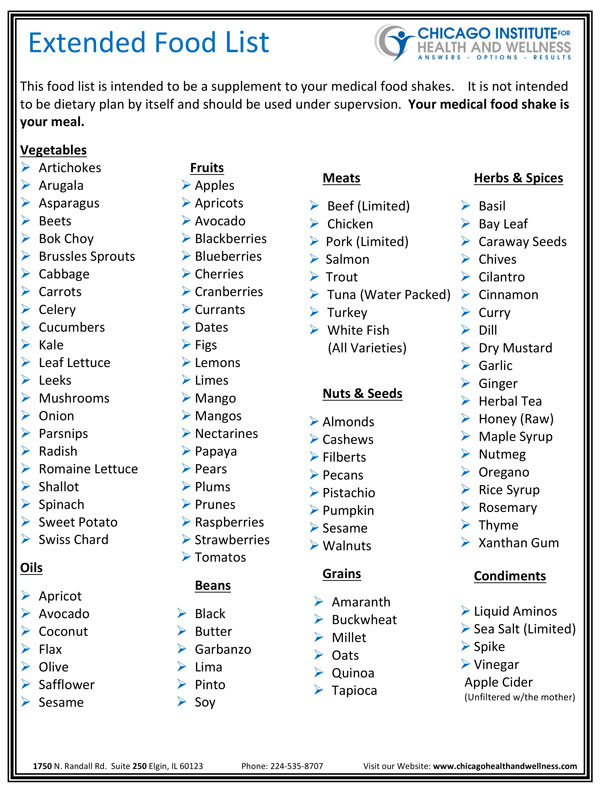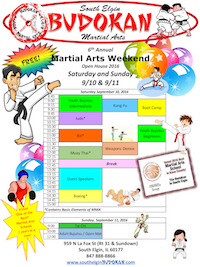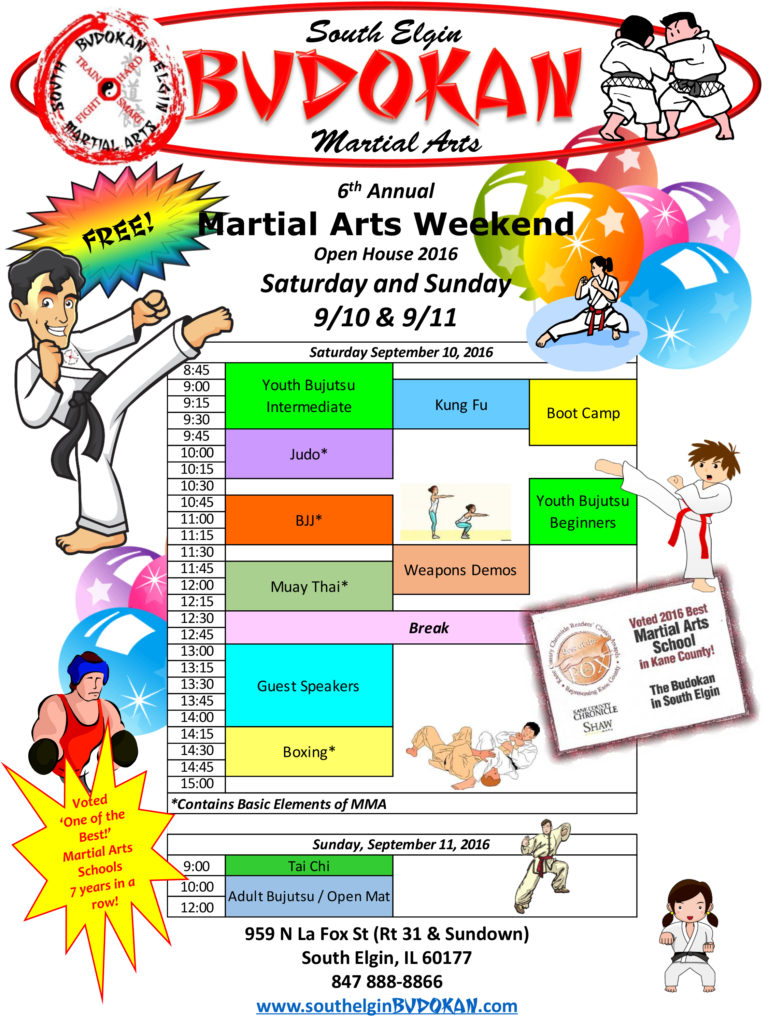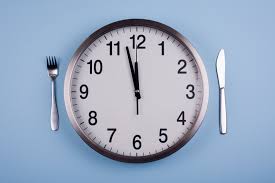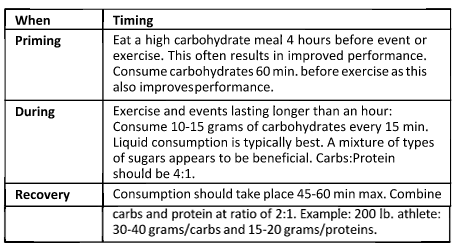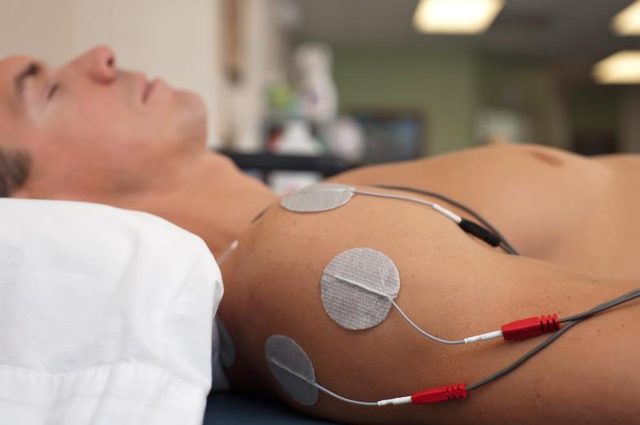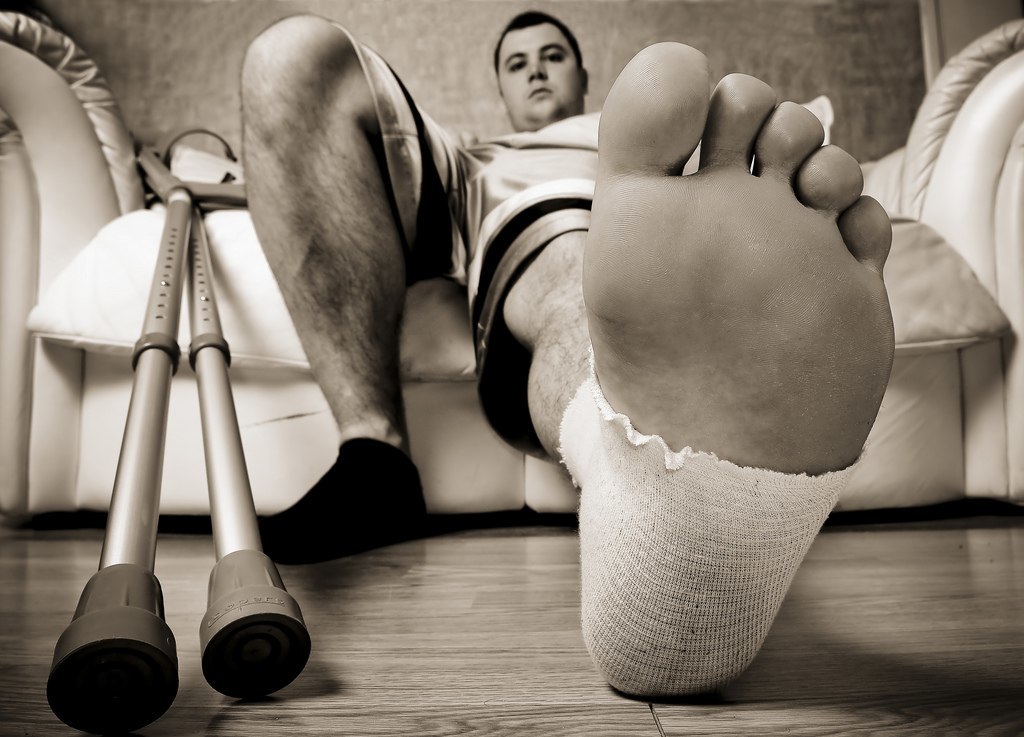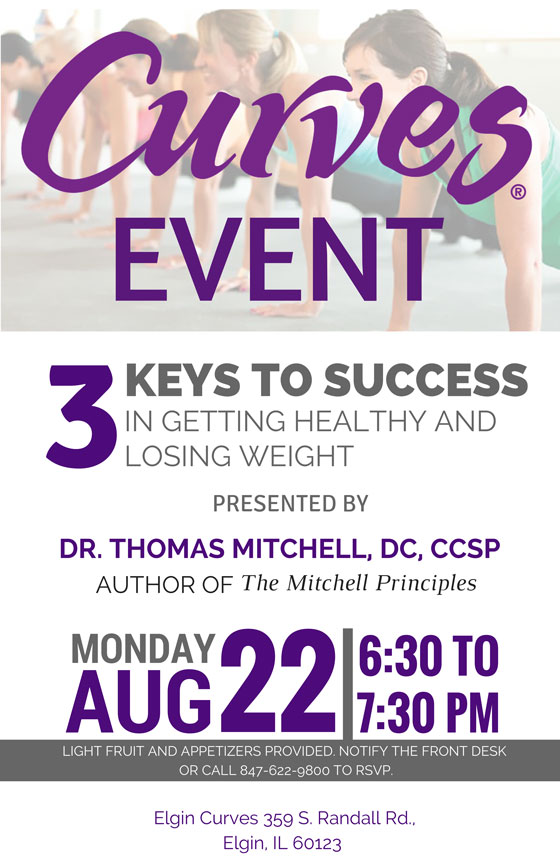The brain is the organ in the body that is most nutrient and energy dependent; it is also the organ most vulnerable to toxins in our system. The higher the quality of fuel you give it to work the greater capacity the brain has to perform at its best. Considering your brain controls all voluntary and involuntary coordination throughout your entire body processes, your body can’t be at peak performance if your brain is in a nutrient-poor environment.
Weekly News & Insights
FOOD FORTIFICATION – WHAT DOES IT REALLY MEAN?
on September 8, 2016Elgin Budokan Open House!
on September 2, 2016YOUR EATING SCHEDULE
on September 1, 2016THE BENEFITS OF E.M.S. THERAPY
on August 25, 2016THE BENEFITS OF MASSAGE THERAPY IN INJURY CARE
on August 18, 2016Therapeutic Massage involves the use of a state licensed massage therapist to manipulate superficial and deeper muscle layers and connective tissue through various massage techniques that tend to enhance function, aid in natural healing, decrease muscle reflex reactions, promote relaxation, and improve health.
read moreTISSUE INJURY TO THE BODY
on August 17, 2016IMMEDIATE INSTRUCTIONS IF INJURED
on August 17, 20161. If you get injured, STOP PLAYING IMMEDIATELY! This is an extremely simple concept that those who get injured can put into action immediately and easily. “Suck it up” and “Walk it off” are not good strategies for caring for an injury.
read moreChicago Health and Wellness Curves Event
on August 9, 2016INJURY PREVENTION
on July 28, 2016In general, food is often neglected or overlooked when, in fact, it should be the cornerstone of your routine. As an athlete, your body requires certain nutrients so that it can be prepared to perform at its best. That being said, don’t ever go out and grab the first diet/nutrition plan you see.
read more

